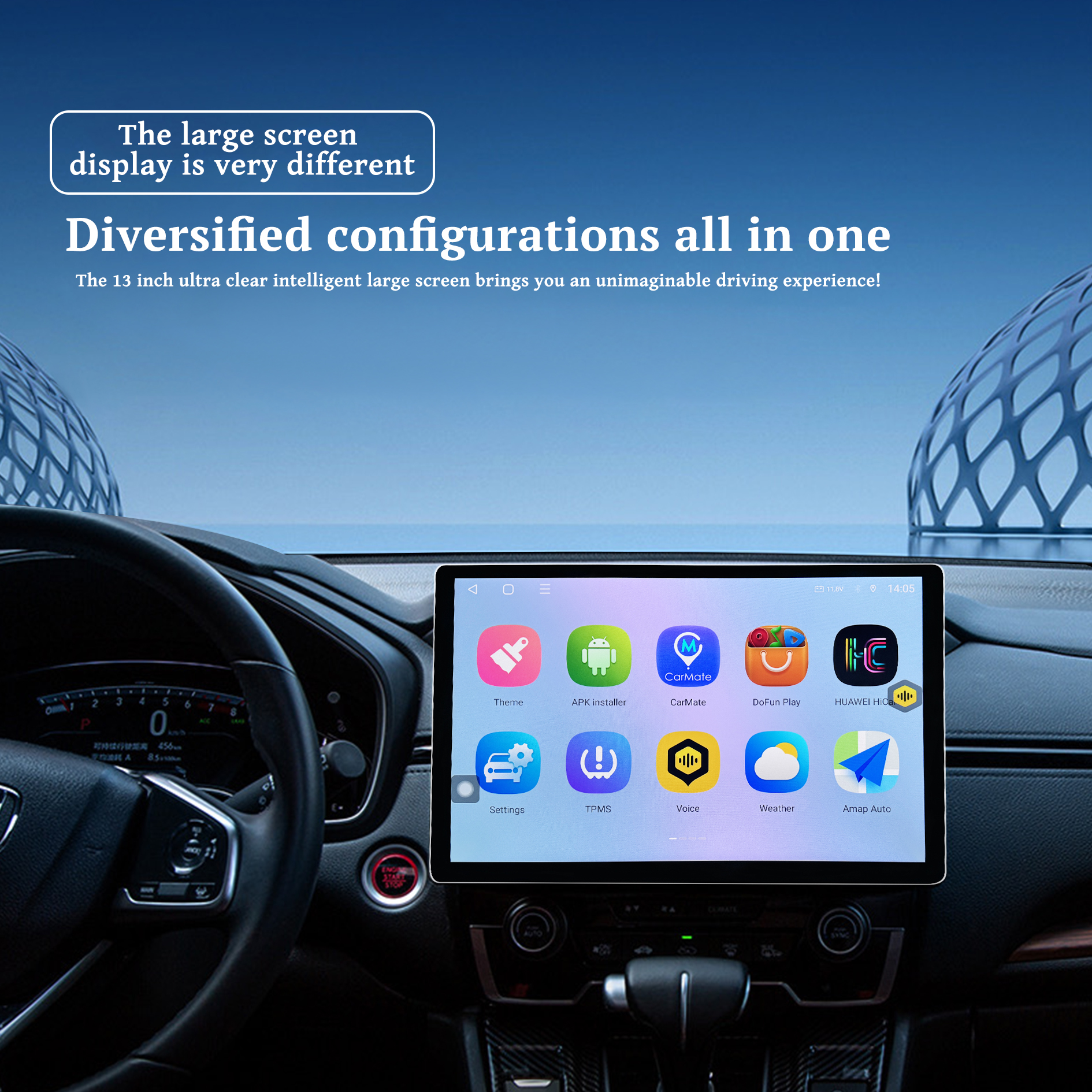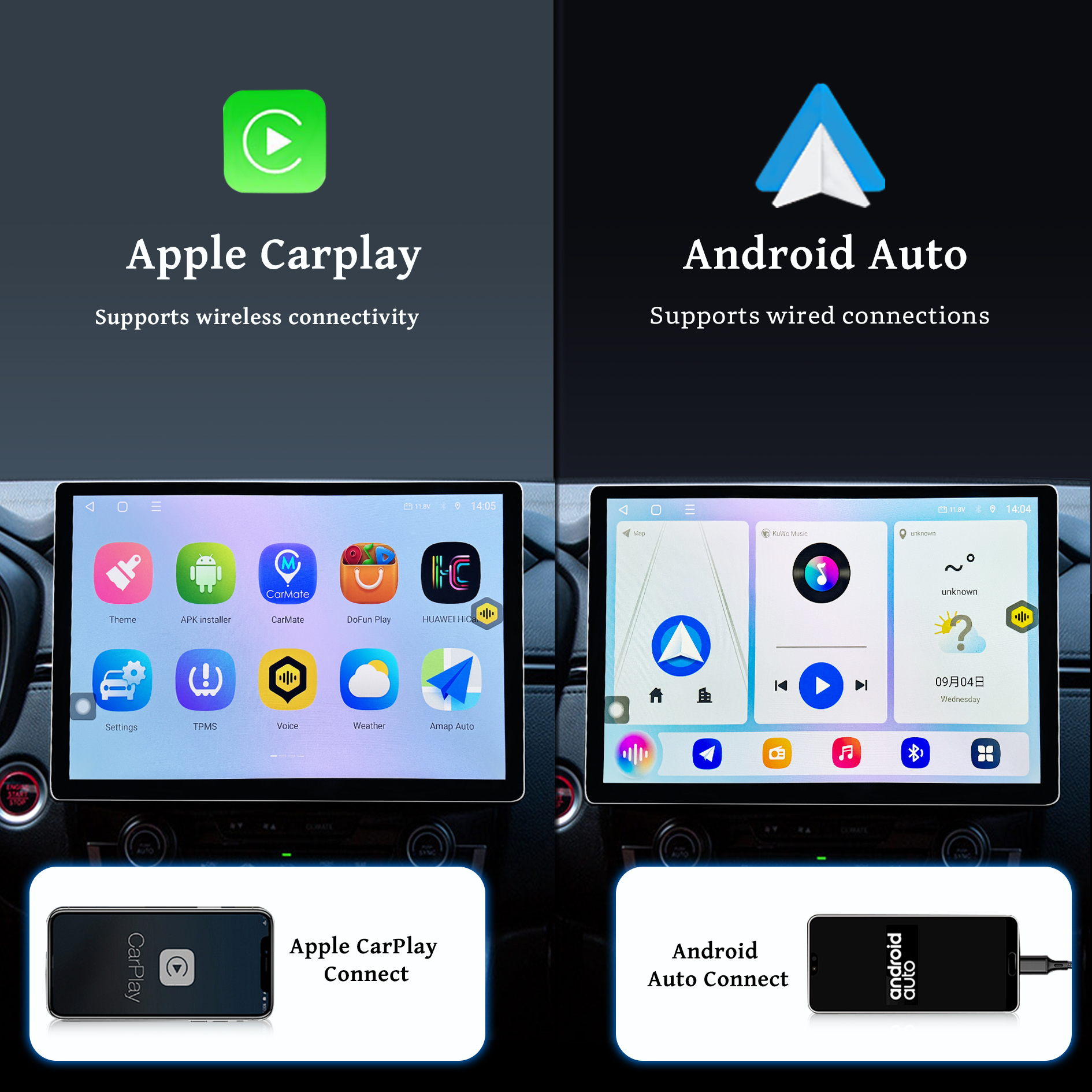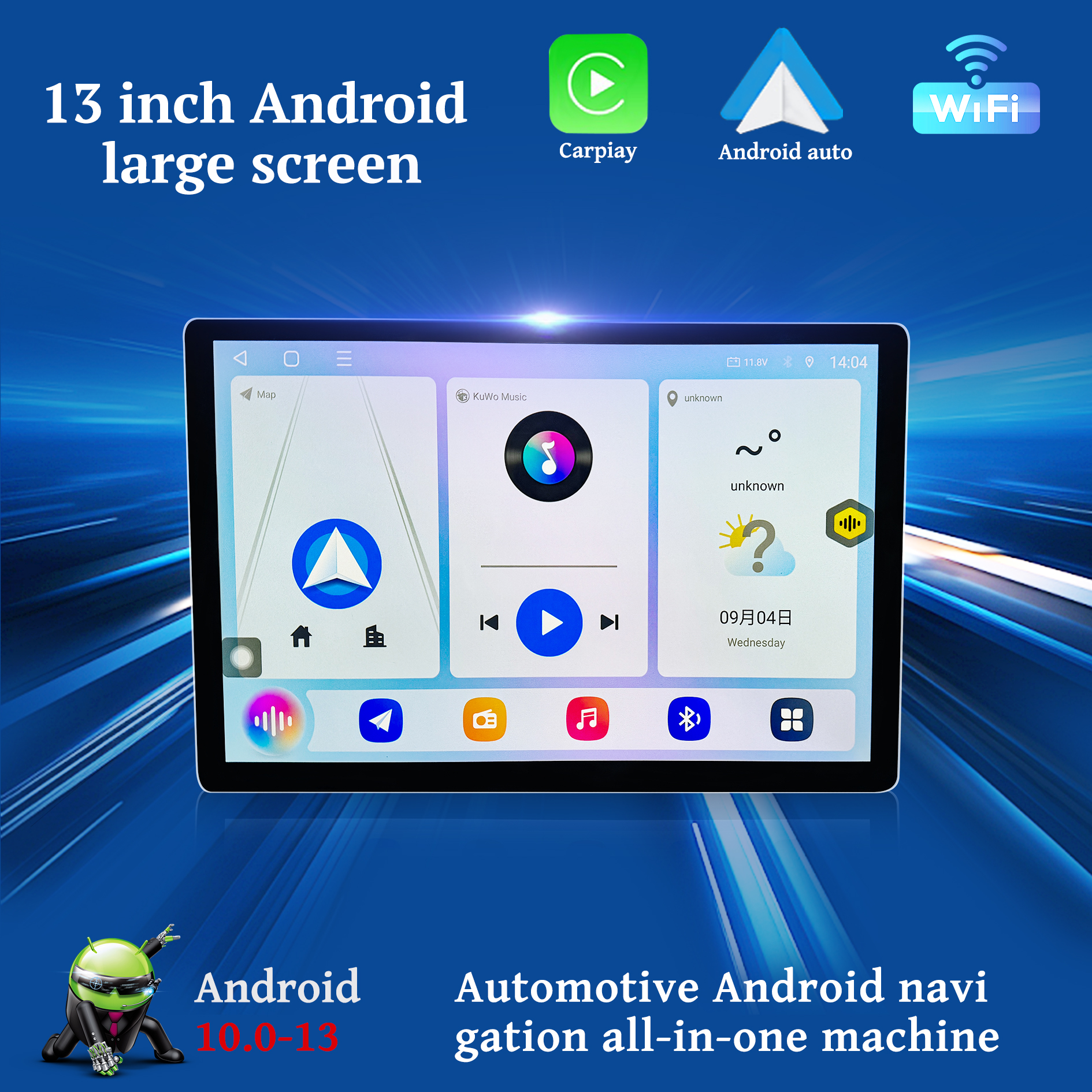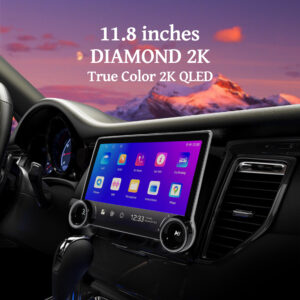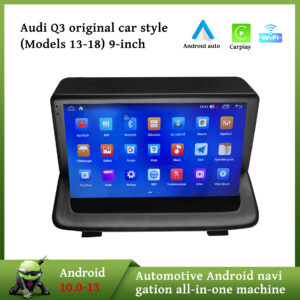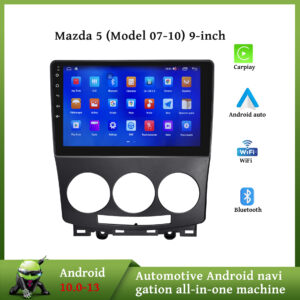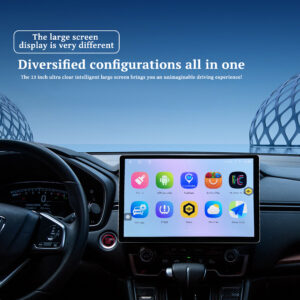Understanding 2K Resolution and Its Benefits for Navigation Systems
2K resolution refers to a display resolution that has a horizontal pixel count of approximately 2,000 pixels. Specifically, in the context of navigation systems, the standard resolution is typically defined as 2048 x 1080 pixels. This resolution offers a significant upgrade over traditional HD displays, such as the 1080p format which features a resolution of 1920 x 1080 pixels. The increased pixel density of 2K displays contributes to sharper and clearer images, which are vital for applications such as navigation systems where detail can enhance driving safety and ease of use.
The enhanced clarity provided by a 2K display allows for better visibility of navigation maps, particularly in varying lighting conditions. In a car environment where sunlight can obscure visibility on a standard display, a 2K screen tends to manage glare more effectively, thereby improving user experience. Additionally, the increased pixel density allows for more detailed map graphics, which can provide drivers with a clearer understanding of their surroundings, potential points of interest, or upcoming route changes.
Using a 2K display also benefits the visual representation of images and information. With more pixels available, users can view high-quality visual content that supports seamless interactions with navigation applications. This not only enhances usability but also allows for multitasking, as the display can accommodate multiple windows or applications simultaneously without compromising on clarity. The choice of a 13.3-inch screen size complements this functionality by providing an optimal balance between portability and functionality, making it conducive for in-car installations. Ultimately, the adoption of 2K resolution in navigation systems elevates the overall user experience, ensuring users benefit from improved visibility, detailed graphics, and interactive functionalities essential for modern driving.
Key Features of Universal Android Navigation Systems
Universal Android navigation systems, particularly the 2K 13.3-inch models, are increasingly becoming a favored choice for drivers due to their impressive array of features. One of the most significant attributes of these systems is their compatibility with various car models, allowing for effortless integration into different dashboard layouts. This universality ensures that numerous drivers can benefit from advanced navigation technology without the need for extensive modifications or vehicle-specific solutions.
User-friendly interfaces are another critical feature, offering a seamless interaction that enhances the driving experience. These interfaces are designed to be intuitive, enabling users to navigate through menus and features without distraction. The emphasis on accessibility allows drivers to focus more on the road ahead while making the best use of the navigation tools available at their fingertips.
Moreover, real-time GPS navigation is a standout feature that offers instant updates on traffic conditions, enabling drivers to make informed routing decisions. Coupled with customization options, drivers can tailor their navigation experience according to personal preferences, which extends to color themes, layouts, and waypoint preferences, enriching the overall user experience.
Support for various apps represents another advantage, as these systems often allow users to download and utilize navigation, music, and communication applications directly from the interface. This flexibility empowers users to connect various functionalities, streamlining their driving experience. Additionally, key connectivity features, such as Bluetooth and Wi-Fi, facilitate hands-free communication and continuous updates, ensuring that users remain connected even while on the move.
Performance and processing power play pivotal roles in the effectiveness of these navigation systems. A robust processing capability enhances responsiveness, making interactions quick and efficient. User feedback consistently highlights how these systems not only improve navigation precision but also contribute to a safer and more enjoyable driving experience overall.

